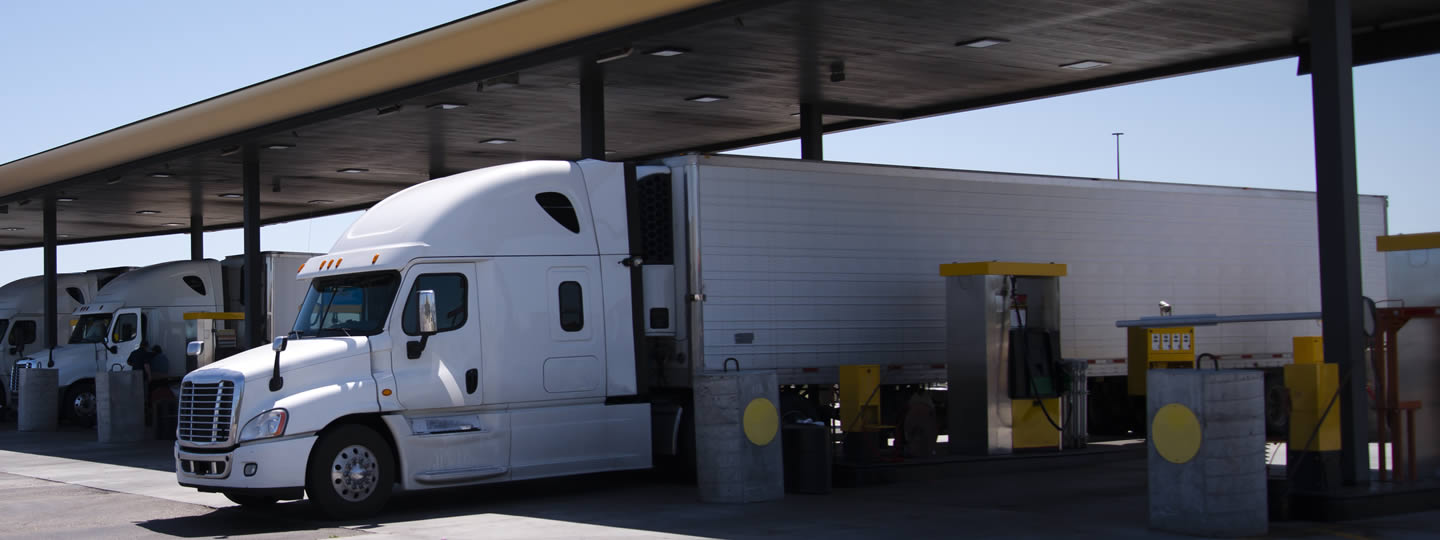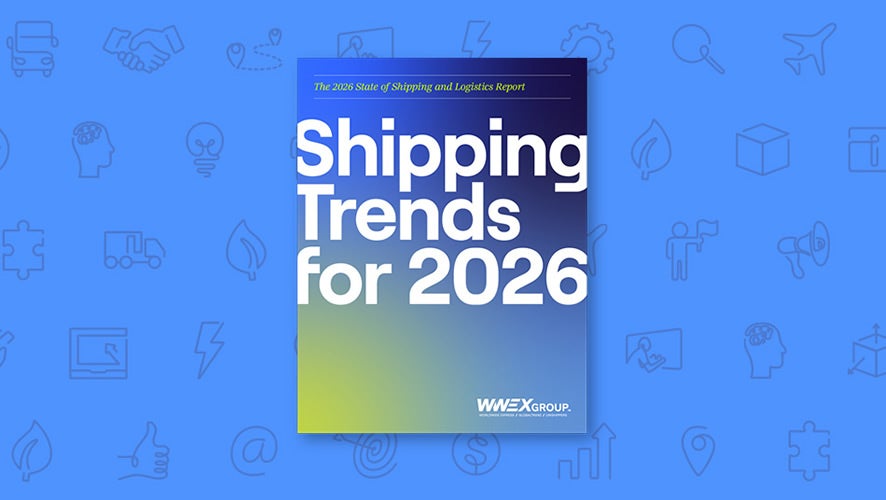BLOG POST
Freight Fuel Surcharge: The Shipper’s Complete Guide

Reading Time: 4 minutes
Shippers see freight fuel surcharges all the time on invoices. But, because the charge changes enough between carriers and shipments it's hard to pin down these costs in your budget. It's a common issue that shippers need to understand and anticipate in order to properly manage their freight shipping budgets. But, this is easier said than done.
Why do freight fuel surcharges change? How do carriers come up with the exact fee, and what can shippers do about it? Here, we shine a light on these questions and offer some tips to deal with this common accessorial fee.
What is a freight fuel surcharge?
The price of diesel fluctuates every day - hourly even. To make up for this unpredictability, freight carriers add a fuel surcharge to account for cost changes from the time of booking your freight to the time of delivery. Unfortunately, there's no way to anticipate if the cost of diesel will go up or down, so carriers use this surcharge as a way to offset their transportation costs.
Pretty simple, right? However, the math behind these fees gets a little tricky. Why? Believe it or not, there is no enforced or mandated method for calculating these fees.
How To Calculate Fuel Surcharge On Freight
It's up to each carrier to determine its formula. That sounds unfair, but most follow the same principles. There are three variables used to calculate your fuel surcharge:
- Base fuel price - This is how much fuel costs at the time of booking. Carriers have two sources to choose rates: the national averages from the U.S. On-Highway Diesel Fuel Prices update, or regional fuel prices in the Petroleum Administration for Defense Districts (PADD). Both of these resources come from the U.S. Energy Information Administration (EIA).
- Truck fuel economy - This essentially factors the miles per gallon fuel consumption and will vary based on the trucks, haul and various driving conditions.
- Fuel price change - Just as it sounds, this represents the updated diesel costs at the time of shipment.
While there's no regulatory body forcing carriers to calculate surcharges the same way, many follow a simple formula. First, they determine how much diesel costs changed by subtracting the original fuel price with the updated price. Then, the carrier will take that number and divide it by the truck's miles per gallon to create a fuel cost per mile. Last, the carrier will multiply the cost per mile by the distance traveled (from pickup to drop-off).
The fuel surcharge calculation looks like this:
- Original fuel price - Updated fuel price = Difference in fuel cost
- Difference in fuel cost / Miles per gallon = Cost per mile
- Cost per mile x Distance travelled = Surcharge
Let's put these numbers into an example:
- Original fuel price: $2.10
- Updated fuel price: $2.50
- Difference in fuel cost: $0.40
- Miles per gallon (MPG) = 6 MPG
- Cost per mile = $0.06
- Distance Travelled = 1,000 miles
- Fuel surcharge = $66.66
Again, this is one way carriers build this fee. Other examples include a percentage-based system or ratio-based system. It's best to work directly with a carrier to learn its methods. Often, they post surcharge methods online, however this won't account for negotiated rates or discounts such as contract rates or negotiated spot rates.
What can shippers do about fuel surcharges?
Fuel surcharges are, unfortunately, a part of the job and will be one of the more common fees on your invoices for the foreseeable future. However, there are some things shippers can do to help offset the cost of shipping fuel surcharges.
- Consolidate shipments. Can you consolidate less-than-truckload shipments into a full truckload? What about considering volume LTL or partial TL? Less bookings mean less fees.
- Check regional and national partnerships. Each freight carrier brings unique services and specialties. Some local players may have better rates for short distances, while national carriers may have better rates for longer trips.
- Increase visibility of your costs. Can you see itemized fuel spend on invoices? Shippers can't control these fuel fees, making documentation even more important. If it's not already lined out, talk to your carrier for deeper cost details. This may help when justifying costs to the business.
- Build fees into the budget. If you identify fuel costs in your shipping invoices over time, it's possible to establish a high-level trend for fuel surcharges. Maybe this won't be an exact amount, but some math gymnastics could help you pad your budget.
Manage Your Fuel Surcharges With Ease
If taking these steps to manage your budget or finding strategies to overcome unexpected costs is something that you can't wrap your head around, consider talking to a third-party logistics (3PL) company. A 3PL can help with your freight shipping strategy in several ways. For example, Worldwide Express has a large carrier network allowing shippers more choices when booking freight. We also negotiate our rates using the full shipping volume of all our customers, giving shippers better rates than they can negotiate solo. But the biggest benefit is our knowledge. We can assist with budget planning to make the unpredictable more predictable and even conduct a freight audit to see where we can find you even more savings.
If you're ready for help swatting away fees or other billing issues for your freight, consider talking to Worldwide Express to see how we can help take the stress out of your freight shipping.
If you're looking for more transparency in your freight quotes and billing, like you get with our freight TMS, SpeedShip, see how Worldwide Express stacks up to your existing quotes and helps you achieve a clear understanding of your total costs. Get a quote today!





